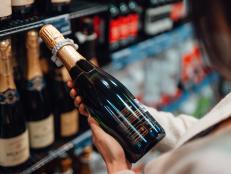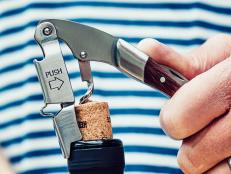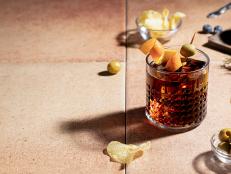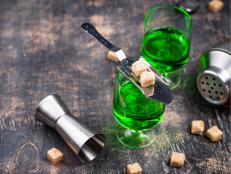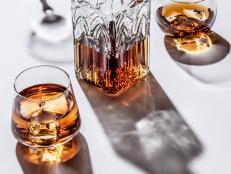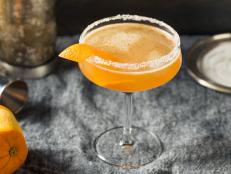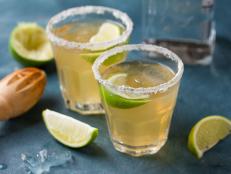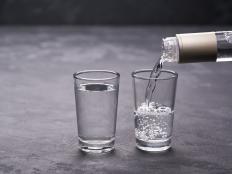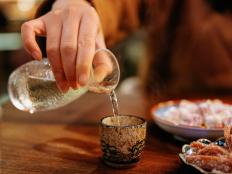How to Choose a Good Bottle of Wine
Spoiler: Find a great wine store and you're halfway done.
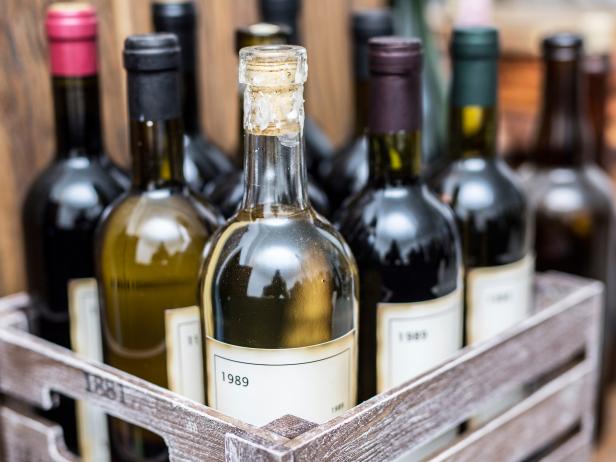
Valentyn Volkov
By Heath Goldman for Food Network Kitchen
Picking out a bottle of wine can be daunting. Luckily, there are a few little tricks you can remember when you need to replenish your wine rack or pick something impressive for a dinner party.
When shopping, you'll be more likely to find exactly what you want by seeking out a fantastic wine store in lieu of a big supermarket or convenience store. Great wine stores have an edge because they’re staffed with impassioned wine experts who will help you choose the right bottle for you.
Don’t be shy about asking for help. Even if you don’t have a clue what varietal you want, you can get help by offering a few points of reference. Do you want white, red, sparkling or rosé? What qualities have you enjoyed in other bottles of wine — dry, jammy or oaky flavors? What will you serve with the wine? What’s the occasion? What price range are you looking for?
Trust handwritten signs that call out “staff favorites” or “summer sippers.” These are your wine store’s attempts to make the experience of buying a good bottle less overwhelming, and they’re often answers to the most common wine inquiries they get. Sometimes, the "shelf talkers" call out the best foods to pair with a bottle, which can be helpful.
Look for labels that give you as much originating information as possible. Ideally, you'll be able to see not only the country or state where grapes are grown (like France or California) but also the specific region (like Bordeaux or the Russian River Valley of Sonoma County). Some bottles even list the longitude and latitude at which the grapes are grown, and while this info might not mean anything to you, it’s a sign that the winery is hyper aware of what goes into their bottles.
While labels are important, corks, on the other hand, are an outdated indicator of quality. Old world (European) wineries often still use them because they allow the wine to breath and age. But they also introduce a lot of variability, so many fine new world (non-European) wineries have moved to glass corks or twist-off caps for more precise, consistent results.
You might encounter organic or biodynamic wines, which both eschew agrochemicals in the production and winemaking process. They're gentler on the environment than non organic wines and can taste more distinctive.
If you’re aiming for a deal on an expensive bottle of wine, we love this insider tip: Ask if your wine store has any great second-label wines. Typically, high end wineries use their very best grapes on their main label, but limit production of that label to maintain exclusivity and demand. Often, they'll have a lot of spectacular grapes leftover that were grown on the same land and given the same white-glove treatment. Their talented winemakers age and blend the extra grapes just as they do their very best grapes to create a second label of wine you can buy for a fraction of the price of the big name — sometimes for $25 instead of $250. Second-label wines can be tricky to spot on your own because often the wine has a completely different name and the vineyard isn’t advertised in big bold letters, in order to stave off a revolt by the primary-label denizens, so you have to look for the vineyard in the label’s fine print. Don’t be shy about asking for these hidden gems.
Get in the habit of writing down or photographing the labels of wines you order out at restaurants and love, plus the adjectives the server uses to describe them. Keep track of years they were produced, origins and flavor profiles, and you'll eventually triangulate preferences for vintages, varietals and regions — like crisp Provence rosés from 2015.
If you fall in love with a bottle of wine and your wine store doesn’t carry it, don't be afraid to ask your wine store to order it for you. Usually the minimum order is a case of 12 bottles, but they’ll give you a discount for buying a case or more. Stock up and you can cheekily call it your “house wine.”
Finally, follow your wine store on social media: They’ll most likely post about bottles they love, why they’re so spectacular and perhaps even when to come in for a tasting. The experience will feel special and curated, akin to being part of a wine club — without paying for it. Plus, the captions will contain digestible bytes of wine info that’ll gradually help to educate you.
Related Links:
























